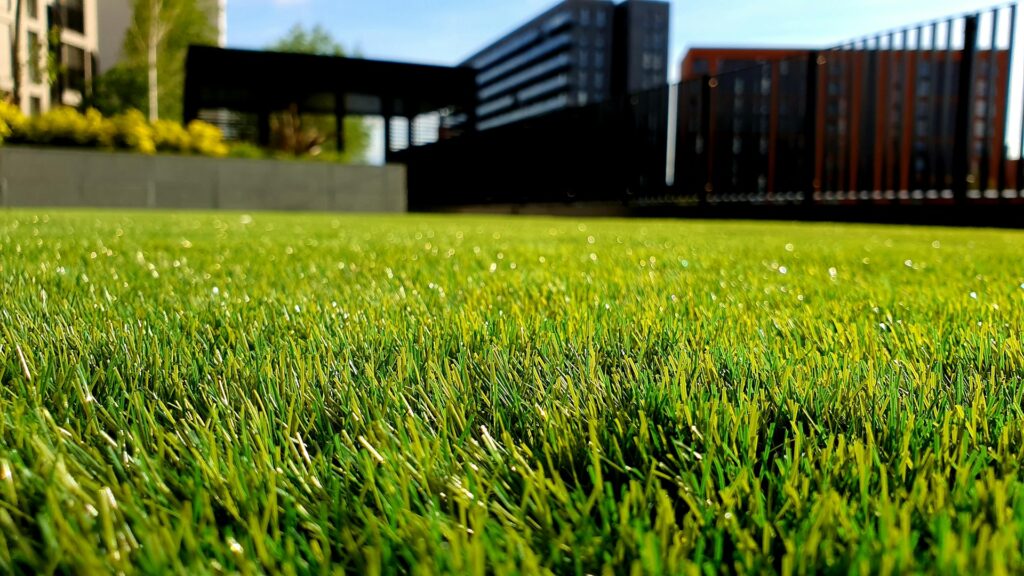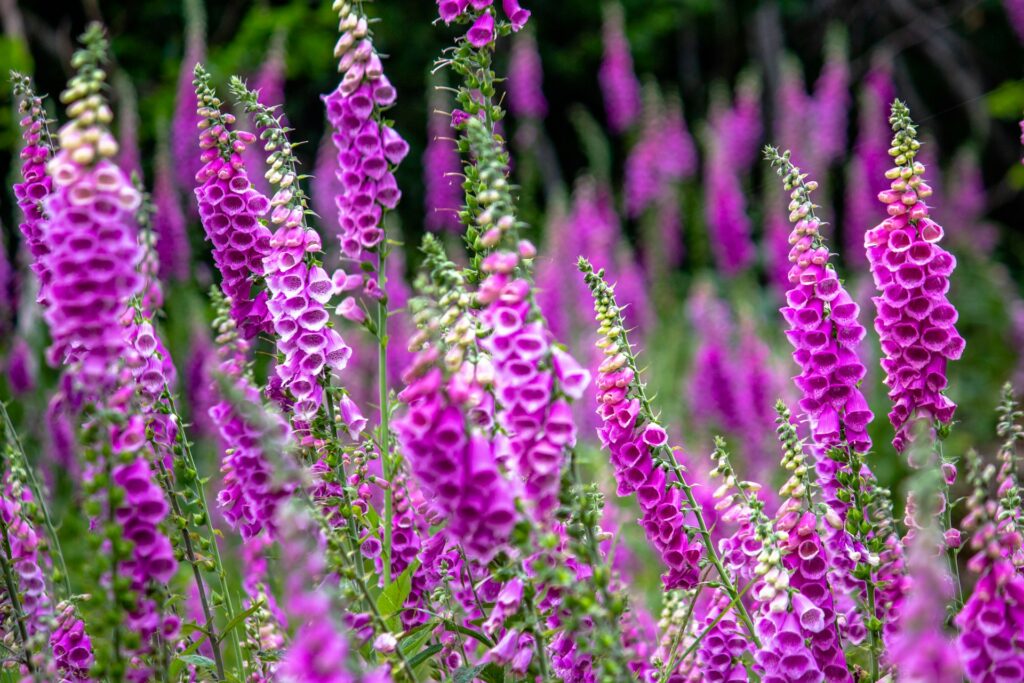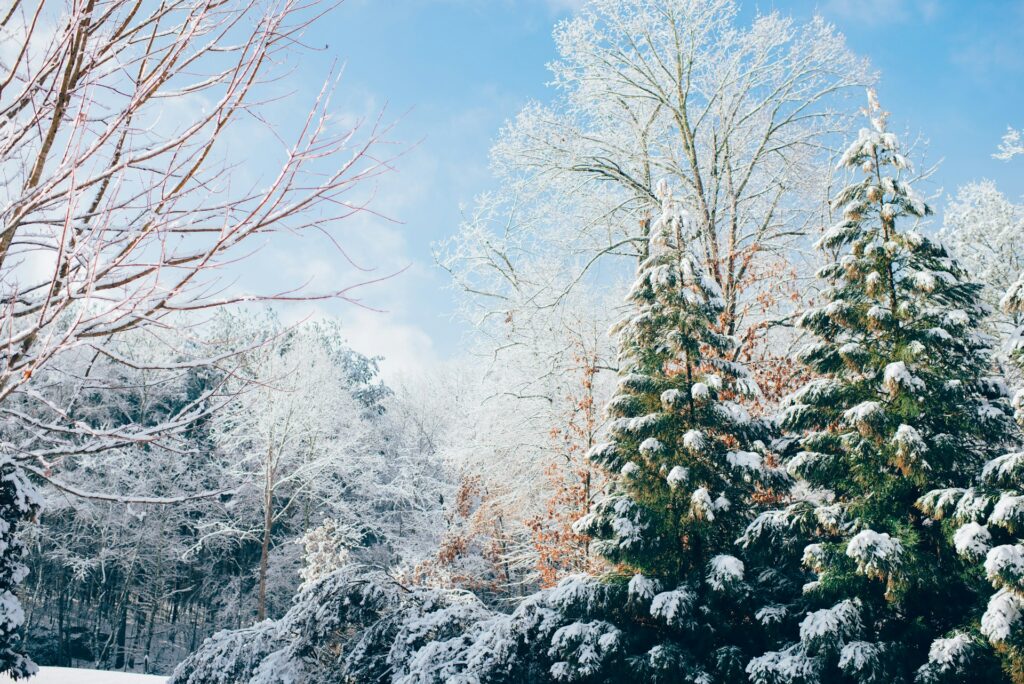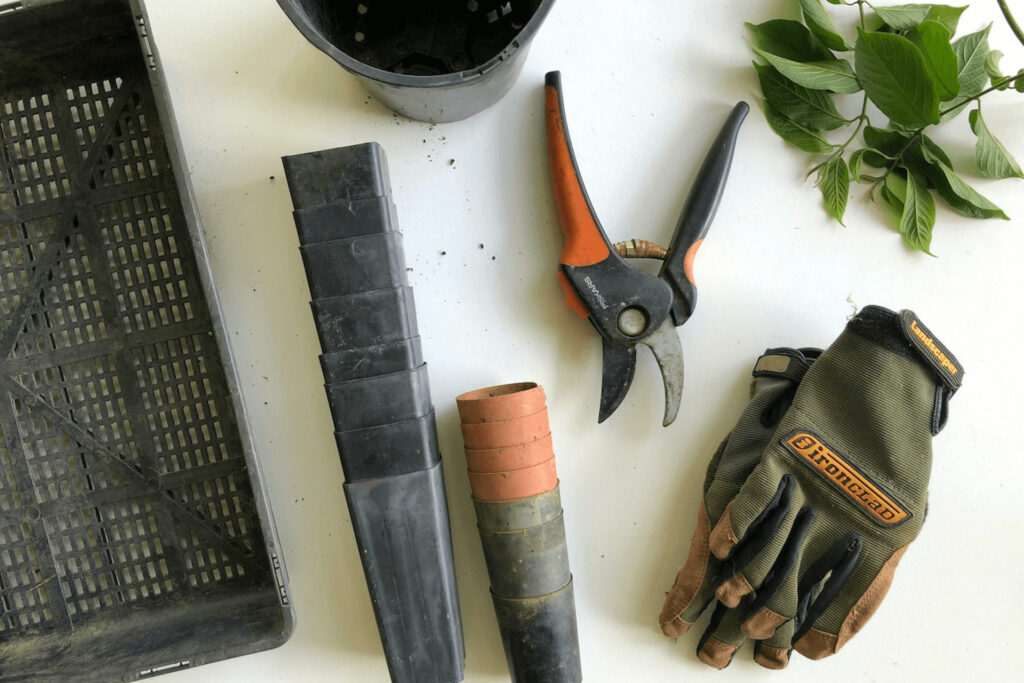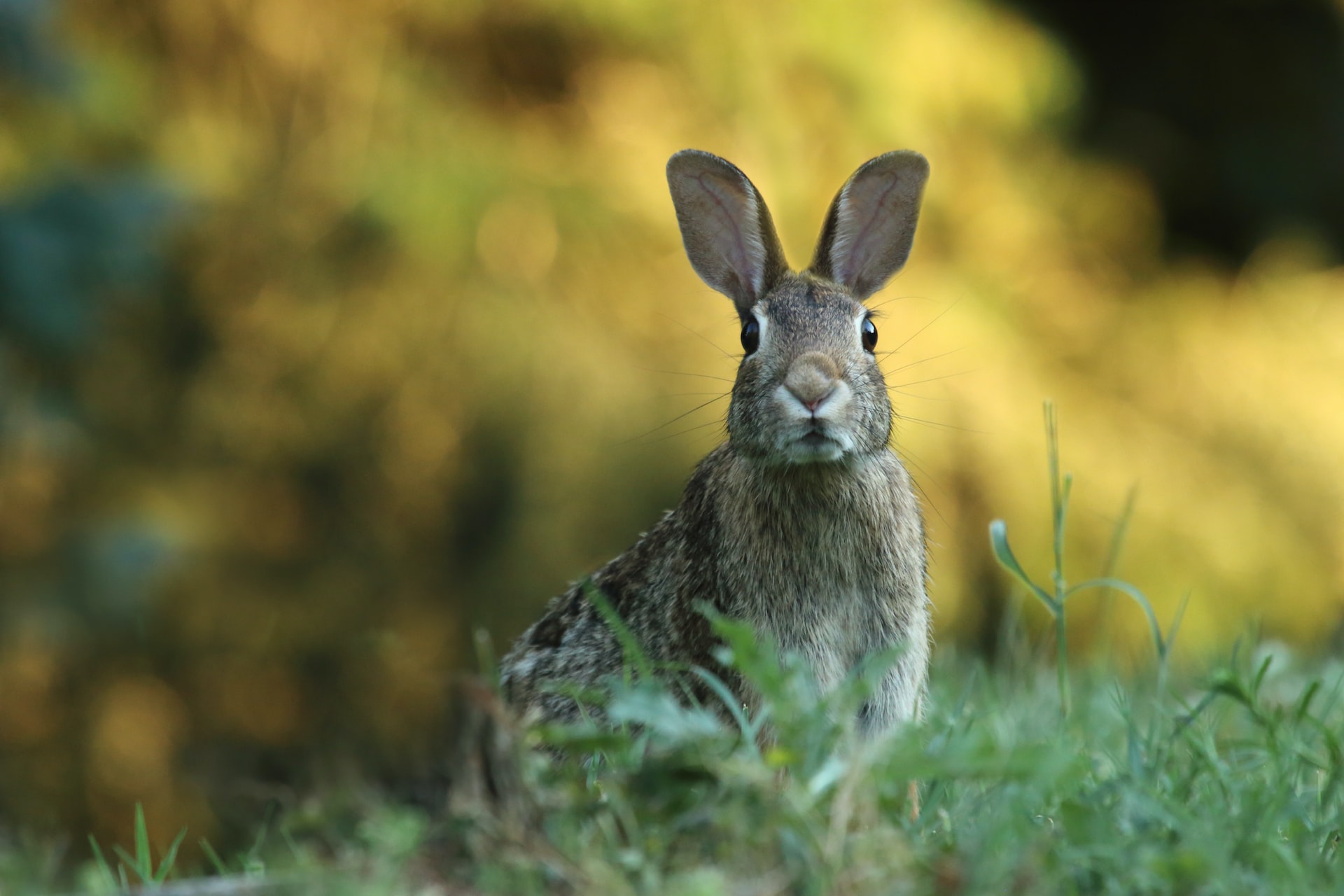
We are reader-supported. When you buy through links on our site, we may earn an affiliate commission.
Do you dream of a backyard oasis straight out of a Disney princess fairy tale? You frolic among the roses while birds and butterflies swoop by for pollen snacks and the occasional doe sips from your pond. How can you create a wildlife-friendly lawn?
It takes the right plants and approach. However, the process will give you greater insight about the native flora and fauna of your area. Teach your kiddos along the way to enhance their science education.
What are some general rules to follow as you plan your spring landscape? Here are six tips for creating a wildlife-friendly lawn.
Bring on the Bees
Perhaps the VIP of critters to invite to your lawn are the bees. While these guys produce honey, chock-full of sweet goodness and antioxidants, they’re even more valuable as crop pollinators. Bee pollination adds an extra $15 billion in crop value each year, which is more necessary than ever in a time of looming global food shortages.
How can you attract bees to your lawn? Here are X tips:
- Plant in sequence: Bees gather pollen constantly, so have some flowers that bloom early in the season with those that open later.
- Plant in clumps: Bees like to go from flower to flower without flying a mini-marathon in between. The less travel they need to do between plants, the better.
- Plant the rainbow: A variety of colors and shapes delights bees — think of it like a smorgasbord. Blues, white and yellows attract the most insect friends, while red tones draw in hummingbirds.
Keep Critters Out of Your Prized Roses
You want to create a wildlife-friendly lawn, but that doesn’t mean you want to keep the neighborhood rabbits fed with your lettuce and carrots. How can you deter critters from selected plants without vanquishing them from your entire property?
1. Rabbits
Rabbits dislike the smell of onions and peppers. Therefore, sprinkling onion powder and spicy red pepper around your garden may do the trick. You can also try straight dried sulfur dusted around the bases of plants you want to preserve.
2. Deer
You might love the fresh, clean scent of Irish Spring soap. Guess what? Deer hate it. Some people line their perimeter with soap bars on stakes, but you can also conceal them in trees or along fences to deter nibbling.
3. Groundhogs
If you’re ready for winter to end, you might be a bit miffed at Punxsutawney Phil. However, there’s a humane way to keep these pets from burrowing under your azaleas. Fortunately, a 3-foot fence around your valuable food and flora crops will deter most — they can’t climb and back off when they hit it underground. Ensure it extends at least six inches to a foot below the surface.
As for the rest, put your favorite bath relaxation tools to the test. Groundhogs hate lavender and Epsom salts, so plant some pretty purple blooms around your periphery and sprinkle away.
But Provide Plenty of Alternative Fodder
Using native plants in your landscaping has an advantage beyond xeriscaping’s ease and water conservation promise. They also provide food for visiting critters that isn’t a crop, letting you attract wildlife to your lawn without losing your green beans in the bargain.
If natural areas surround your property, consider maintaining a buffer zone where the native flora of the region gradually cedes to your sculpted gardens. Include muddy patches for bees to build nests and fallen logs and twigs for critters to construct a winter den.
Be Pesticide-Wise
Many pesticides that keep insects at bay also take a toll on the environment and may harm animals. Keep your lawn wildlife-friendly by sticking to sustainable solutions.
For example, diatomaceous earth is a fantastic choice for deterring everything from crickets to fleas, mites and root-destroying grubs. You preserve your plant health and keep pests away from Fido in one fell swoop. Ladybugs are attractive little friends who keep aphids off your prized roses.
Invite Your Avian Friends
Does it seem like you see fewer birds with each passing year? 314 species have become imperiled in the last century alone, thanks to climate change.
Fortunately, you can attract more avian friends to your yard with these tricks:
- Include native plants and wild areas with dead trees and other nesting materials.
- Install nesting boxes featuring ventilation holes at the top and drainage at the bottom.
- Collect bird feeders and place them around spots where you want to attract your feathered friends.
- Replace lawns with non-invasive plants, as grass offers little food value to birds. Or humans, for that matter — seriously, why spend every Saturday mowing?
Include Water Features
This tip is wise regardless of where you live — all critters need a drink now and then. However, it’s particularly important in locations like the desert southwest. The right balance is key in such areas unless you fancy waking up to a troop of javelina around your koi pond. There is such a thing as attracting too much wildlife to your lawn!
However, a bird bath is an attractive draw for avian friends. Natural ponds and streams might already have game trails approaching them, and adding artificial versions will attract traffic if your yard is unfenced. A fountain makes the ideal addition to a yoga gazebo, offering serene background sounds and hydration you can turn off with a switch.
Creating a Wildlife-Friendly Lawn
Do you dream of frolicking with Bambi and Thumper? You may or may not get your woodland friends eating out of your hands, but you can draw more critters to your property with the right landscape choices.
Use the tips above to create a wildlife-friendly lawn for your animal friends. You’ll get hours of enjoyment watching your fellow creatures scamper and play among your roses and rhododendrons.



